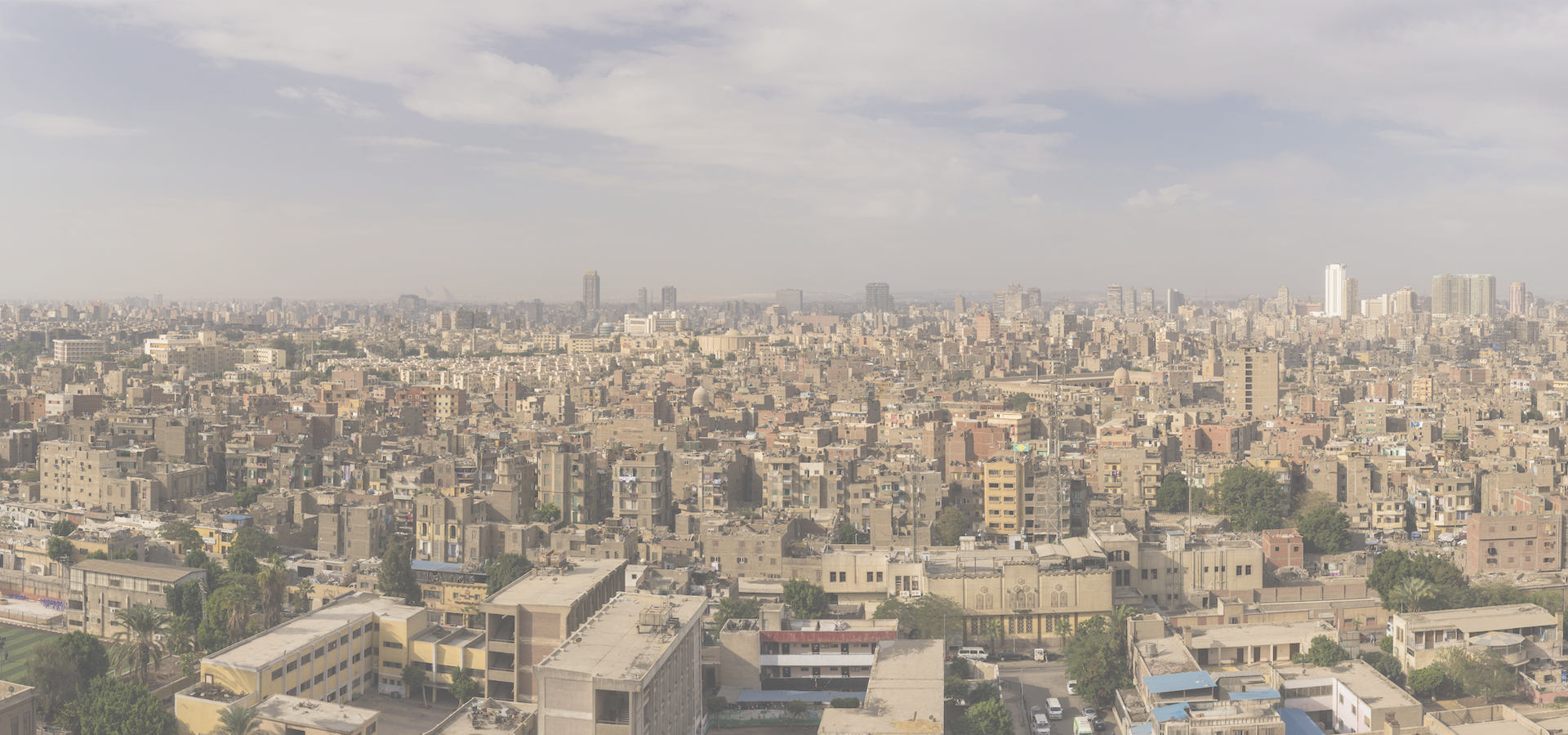El Mahalla el-Kubra, Gharbia Governorate, Egypt
🇪🇬 El Mahalla El Kubra (المحلة الكبرى, ϯϣⲁⲓⲣⲓ) – commonly shortened to El Maḥalla – is the largest city of the Gharbia Governorate and in the Nile Delta. It is a large industrial and agricultural city in Egypt, located in the middle of the Nile Delta on the western bank of the Damietta Branch tributary. The city is known for its textile industry, and hosts the Misr Spinning and Weaving Company which employs around 27,000 people.
1History In the Chronicle of John of Nikiu el-Mahalla is also given a name Didouseya, which could be equated with Theodosiou (ⲑⲉⲟⲇⲱⲥⲓⲟⲩ). It is given as Theodosiou Nixis (ⲑⲉⲟⲇⲱⲥⲓⲟⲩ ⲛⲓⲝⲓⲥ) by Daressy, but it's rather an equation of two nearby towns (Theodosiou and Nixis, modern Nawasa (نَوَسا)), common for Coptic Scalae, rather than a compound name. The modern area Suq al-Laban is located on Didouseya Hill.
The city was also known as Mahalla Daqla (محلة دقلا), where second word could be a corruption of Dakahla.
An ancient village Sandafa (صندفا, ⲥⲉⲛⲧⲉϥⲉ) was located south of el-Mahalla. North of it was a village Hureyn Baharmis (هورين بهرمس), the name of which suggests that it was an ancient river-port (ⲡϩⲟⲣⲙⲟⲥ, phormos. 'the port'), whose namesake is mentioned in Demotic sources. In 1844 the city absorbed both villages.
El Mahalla El Kubra was designated as the capital of Gharbia Governorate in 1320 by Ibn Qalawun, before it was relocated to Tanta in 1836.
12006–11 protests Over 15,000 protesters clashed with police in El Mahalla in 2006, following the publication of a cartoon mocking Islam in Denmark.
Later in 2006 textile workers struck to protest market reforms, demanding better living conditions.
Beginning in April 2008 the city held mass demonstrations protesting the election results of President Hosni Mubarak, claiming election fraud and demanding better wages. Security forces were ordered to crack down on the dissidents, and in May they killed two or three in the city and injured dozens. Images of protesters in Mahalla overturning billboards of Mubarak were viewed by some Egyptians as a turning point in Egyptian politics, according to The Washington Post. The Observer has written that protests in El Mahalla from 2006 to 2011 spearheaded larger political changes throughout Egypt. A Facebook group established by 28-year-old engineer Ahmad Maher to support striking textile workers in El Mahalla gained 70,000 followers and helped organize support for the strikers nationally.
In 2011, protests in Mahalla contributed to the collapse of the Mubarak dictatorship.
12012 protests and declaration of autonomy On 15 July 2012, 25,000 workers from El Mahalla El Kubra's Misr Spinning and Weaving Company went on strike, demanding increased profit sharing, better retirement benefits and a replacement of the management. The Misr workers were joined by workers from seven other textile factories in the region, and strikes also broke out among doctors and health workers, university workers, and ceramics workers in other parts of Egypt.
Clashes between protesters supporting or opposing the Muslim Brotherhood on November 28 left over 100 people injured. On December 7, the city declared itself autonomous from Egypt, as workers and students, declaring themselves independent from the "Muslim Brotherhood State", cut rail lines and blocked entrances to the city. Protesters stormed the city council and announced their intentions to replace it with a revolutionary council.
1Buildings and structures El Mahalla El Kubra contains Misr Spinning and Weaving Company, the largest cotton manufacturing company in Egypt, and the clock of Big Ben is made by this company.
1Economy El Mahalla El Kubra is home to the largest public sector Egyptian textile company, the Misr Spinning and Weaving Company, employing over 27,000 workers.
1Sport The city has two football teams: Ghazl Al-Mehalla and Baladeyet Al-Mahalla.
1Cairo Time

El Mahalla el-Kubra has a population of over 458,297 people. El Mahalla el-Kubra also forms part of the wider El Maḥalla metropolitan area which has a population of over 543,271 people. For the location of El Mahalla el-Kubra see: El Mahalla El Kubra.
To set up a UBI Lab for El Mahalla el-Kubra see: https://www.ubilabnetwork.org Twitter: https://twitter.com/UBILabNetwork
🇨🇳 Dujiangyan 30.988
🇪🇬 El Mahalla El Kubra 30.967
🇪🇬 Al Mahallah al Kubra 30.967
🇵🇰 Toba Tek Singh 30.967
🇲🇦 Ouarzazate 30.917
🇪🇬 Al `Atabah 31.233
🇪🇬 Rod El Farag 31.233
🇪🇬 Shubra El Kheima 31.233
🇪🇬 Shubra el-Kheima 31.243
Locations Near: El Mahalla el-Kubra 31.1677,30.976
🇪🇬 El Mahalla El Kubra 31.15,30.967 d: 2
🇪🇬 Al Mahallah al Kubra 31.15,30.967 d: 2
🇪🇬 Mansoura 31.375,31.043 d: 21.1
🇪🇬 El Mansoura 31.377,31.043 d: 21.3
🇪🇬 Al Mansurah 31.383,31.05 d: 22.1
🇪🇬 Tanta 31.001,30.782 d: 26.8
🇪🇬 Kafr ash Shaykh 30.933,31.1 d: 26.2
🇪🇬 Kafr El Sheikh 30.933,31.1 d: 26.2
Antipodal to: El Mahalla el-Kubra -148.832,-30.976
🇵🇫 Papeete -149.566,-17.537 d: 18518.9
🇦🇸 Pago Pago -170.701,-14.279 d: 17113.2
🇹🇴 Nukuʻalofa -175.2,-21.133 d: 17172.1
🇹🇴 Nuku'alofa -175.216,-21.136 d: 17170.8
🇼🇸 Apia -171.76,-13.833 d: 16995.9
🇺🇸 Hilo -155.089,19.725 d: 14337.9
🇺🇸 Maui -156.446,20.72 d: 14209.5
🇺🇸 Maui County -156.617,20.868 d: 14190.7